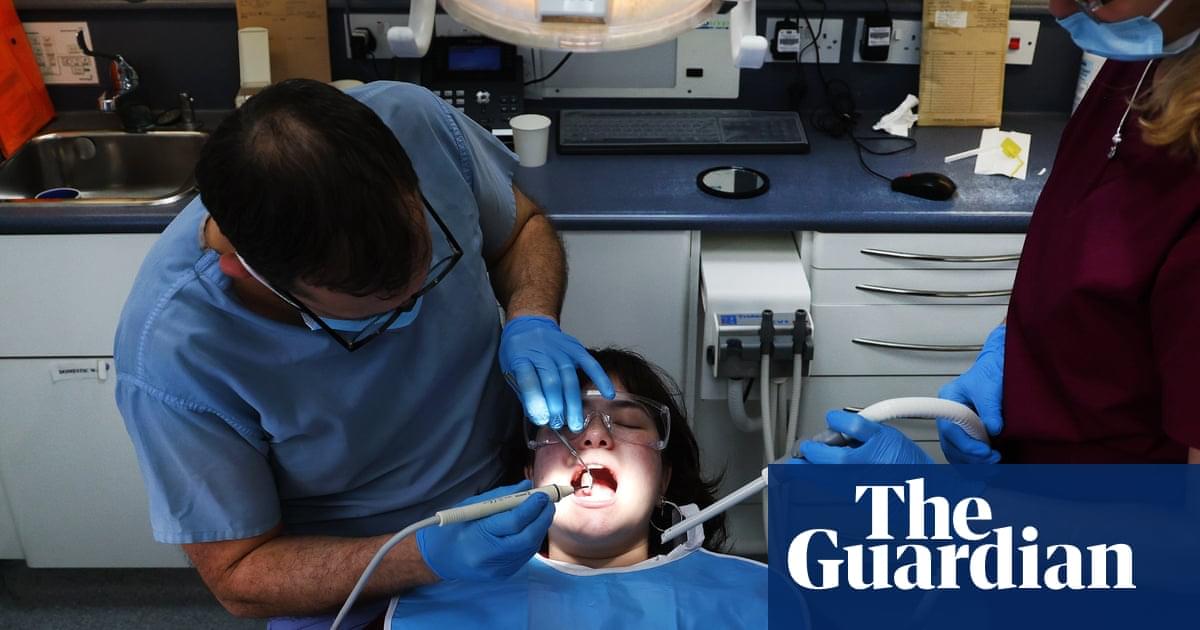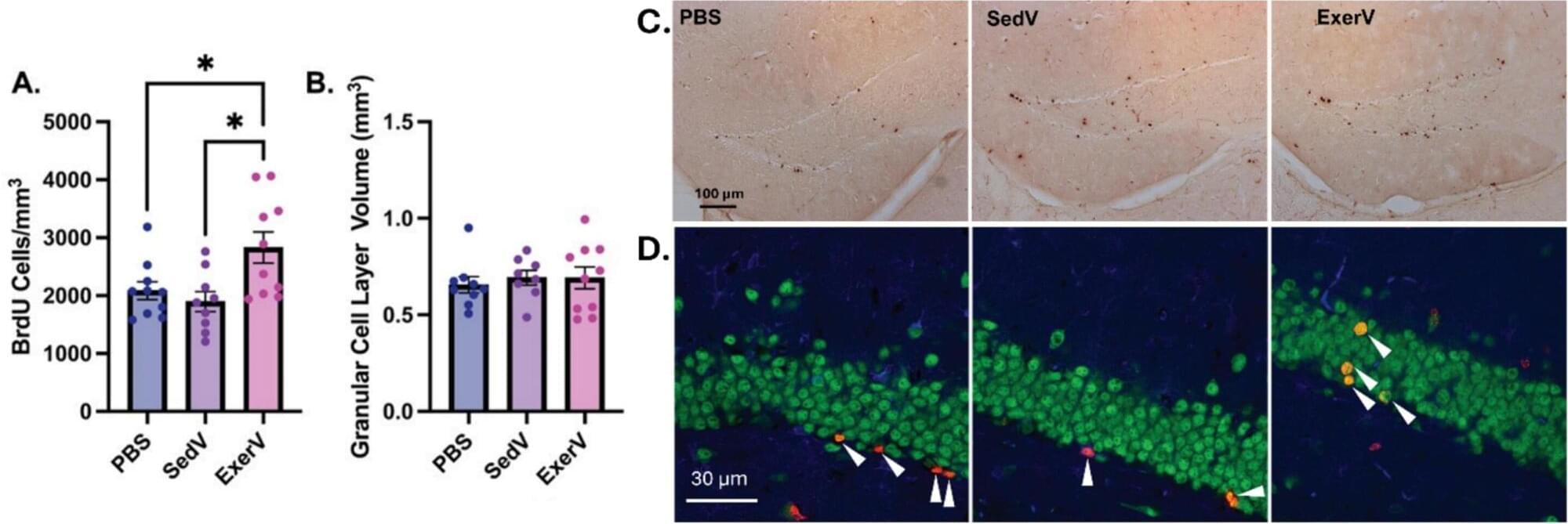Learn how specific intestinal bacteria can produce serotonin, influencing gut health and offering new IBS treatment options.



“Our oral health is connected to our general health,” said Dr Sadia Niazi, a senior clinical lecturer in endodontology at King’s College London. “We should never look at our teeth or dental disease as a separate entity.”
Root canal treatment is one of the most common – and perhaps most feared – dental procedures, though much of the anxiety derives from myths and misconceptions that hark back to the days of poor anaesthetics. The treatment is performed to treat infection or damage to the tooth’s pulp, the soft inner tissue of a tooth that contains nerves, blood vessels and connective tissue.
Read More
If a looming root canal treatment is putting a dampener on the week, take heart: having the procedure can drive health benefits that are felt throughout the body, according to research.
Patients who were successfully treated for root canal infections saw their blood sugar levels fall significantly over two years, suggesting that ridding the body of the problematic bacteria could help protect against type 2 diabetes.
Dentists also saw improvements in patients’ blood cholesterol and fatty acid levels, both of which are associated with heart health. Yet more benefits were seen around inflammation, a driver for cardiovascular disease and other chronic conditions.

Amid the private sector’s race to lead artificial intelligence innovation, The University of Texas at Austin has strengthened its lead in academic computing power and dominance in computing power for public, open-source AI. UT has acquired high-performance Dell PowerEdge servers and NVIDIA AI infrastructure powered by more than 4,000 NVIDIA Blackwell architecture graphic processing units (GPUs), the most powerful GPUs in production to date.
The new infrastructure is a game-changer for the University, expanding its research and development capabilities in agentic and generative AI while opening the door to more society-changing discoveries that support America’s technological dominance. The NVIDIA GB200 systems and NVIDIA Vera CPU servers will be installed as part of Horizon, the largest academic supercomputer in the nation, which goes online next year at UT’s Texas Advanced Computing Center (TACC). The National Science Foundation (NSF) is funding Horizon through its Leadership Class Computing Facility program to revolutionize U.S. computational research.
UT has the most AI computing power in academia. In total, the University has amassed more than 5,000 advanced NVIDIA GPUs across its academic and research facilities. The University has the computing power to produce open-source large language models — which power most modern AI applications — that rival any other public institution. Open-source computing is nonproprietary and serves as the backbone for publicly driven research. Unlike private sector models, it can be fine-tuned to support research in the public interest, producing discoveries that offer profound benefits to society in such areas as health care, drug development, materials and national security.


Lowering arsenic in drinking water can slash mortality by up to 50 percent, even for people exposed for decades.
Decades of meticulous well testing and urine monitoring show that safer wells rapidly translate into declining health risks.
Long-term evidence linking arsenic reduction to lower mortality.

Fibromyalgia is a syndrome characterized by chronic widespread musculoskeletal pain, which may or may not be associated with muscle or joint stiffness, accompanied by other symptoms such as fatigue, sleep disturbances, anxiety, and depression. It is a highly prevalent condition globally, being considered the third most common musculoskeletal disorder, following lower back pain and osteoarthritis. It is more prevalent in women than in men, and although it can occur at any age, it is more common between the ages of thirty and thirty-five. Although the pathophysiology and etiopathogenesis remain largely unknown, three underlying processes in fibromyalgia have been investigated. These include central sensitization, associated with an increase in the release of both excitatory and inhibitory neurotransmitters; peripheral sensitization, involving alterations in peripheral nociceptor signaling; and inflammatory and immune mechanisms that develop concurrently with the aforementioned processes. Furthermore, it has been determined that genetic, endocrine, psychological, and sleep disorders may influence the development of this pathology. The accurate diagnosis of fibromyalgia remains challenging as it lacks specific diagnostic biomarkers, which are still under investigation. Nonetheless, diagnostic approaches to the condition have evolved based on the use of scales and questionnaires for pain identification. The complexity associated with this pathology makes it difficult to establish a single effective treatment. Therefore, treatment is multidisciplinary, involving both pharmacological and non-pharmacological interventions aimed at alleviating symptoms. The non-pharmacological treatments outlined in this review are primarily related to physiotherapy interventions. The effectiveness of physical exercise, both on land and in water, as well as the application of electrotherapy combined with transcranial therapy and manual therapy has been highlighted. All of these interventions aim to improve the quality of life of patients highly affected by fibromyalgia.
Dr. Cody shows takes a look Graph Theory related to Brain Circuitry and Neurofeedback.
►►►Muse Headband 15% off Discount (applied at checkout): https://choosemuse.com/codyrallmd.
►►►Want to connect with a Myndlift Neurocoach? $60 off with this link: https://signup.myndlift.com/subscription. Enter CODYRALL at checkout.
►►► GET YOUR FREE MEDITATION GUIDE HERE: https://bit.ly/2XIRDNa.
►►► INSTAGRAM (Behind The Scenes with Cody Rall MD): https://www.instagram.com/codyrall_techforpsych/
Cody Rall, M.D., is a United States Navy trained Psychiatrist who specializes in neurotechnology wearables. He is a co-founder of Stanford Brainstorm, the world’s first academic laboratory dedicated to transforming brain health through entrepreneurship.
Dr. Rall also served as a board member of the psychiatry innovation lab, an annual national competition at the American Psychiatric Association that works as an incubator for groups developing technological solutions to problems in mental health care. He is the founder of Techforpsych, a media and relations company that covers advancements in technology related to neuroscience.
To apply for Dr. Cody’s Brain Circuit Training program head to this link: https://www.techforpsych.com/coaching

Non-small cell lung cancer (NSCLC) is the most prevalent form of lung cancer, accounting for approximately 85% of all cases, and is associated with a poor prognosis. Despite significant advancements in treatment modalities, therapeutic efficacy remains suboptimal, underscoring the urgent need for novel strategies. In recent years, increasing attention has been directed toward the pivotal role of gut microbiota-host interactions in the treatment of NSCLC. This review systematically examines the influence of current NSCLC therapies on gut microbiota and metabolism, explores the relationship between the microbiome and therapeutic response, and highlights the critical functions of probiotics, microbial metabolites, fecal microbiota transplantation (FMT), and dietary interventions in NSCLC management. By elucidating the mechanisms through which gut microbiota and their metabolites modulate treatment efficacy, we investigate the potential of exogenous interventions targeting the gut ecosystem to enhance therapeutic outcomes and mitigate adverse effects. Modulating the intestinal microbiota represents a promising clinical avenue and offers a new frontier for the development of future NSCLC treatment strategies.
The human microbiome comprises a diverse and dynamic community of microorganisms—including bacteria, fungi, viruses—their genetic material, and metabolic byproducts. The resident microbiota is an essential component of host health and homeostasis (1). Most microbiome research to date has focused on bacterial populations, which constitute a major proportion of these resident microbes (2). In the gut, Bacteroidetes, Firmicutes, Proteobacteria, and Actinobacteria dominate the bacterial composition (3– 5). The gut microbiota plays a pivotal role in regulating host immunity and metabolism through the production of numerous metabolites that function as signaling molecules and metabolic substrates, linking dysbiosis with inflammation and tumorigenesis (6– 8).
The cross-link between gut microbiota and lung cancer is a complex multifactorial relationship. Studies have shown that in patients with lung cancer, the abundance of Bacteroidetes, Fusobacteria, Cyanobacteria, and Spirochaetes increases in both pulmonary and intestinal microbiomes, while Firmicutes are significantly reduced (4, 9). Research on both gut and respiratory tract microbiota has revealed notable dysregulation in NSCLC, which is further associated with distant metastasis (DM) (10). The pathogenic contribution of the gut microbiome and its specific metabolites to NSCLC lies in their modulation of chronic inflammation and immune dysregulation (11). A study combining serum metabolomics and fecal microbiome profiling identified potential biomarkers in patients with early-stage NSCLC. The metabolomic analysis revealed elevated levels of sphingolipids (e.g. D-erythrosphingosine 1-phosphate, palmitoylsphingomyelin), fatty acyls (e.g.

Researchers at the University of Illinois Urbana-Champaign report that extracellular vesicles released into the bloodstream during aerobic exercise can, on their own, drive a robust increase in adult hippocampal neurogenesis when transferred into sedentary mice, even without changes in hippocampal vascular coverage.
Aerobic physical activity preserves cognitive function across the lifespan and repeatedly links to structural and cellular plasticity in the hippocampus. Evidence from plasma transfer experiments indicates that bloodborne factors from exercising animals can transfer pro-neurogenic and pro-cognitive effects to sedentary or aged recipients, partly through reduced inflammation.
Many circulating molecules have been implicated in this exercise–brain connection, including vascular endothelial growth factor, insulin-like growth factor 1, platelet factor 4, selenoprotein P, irisin, cathepsin B, L-lactate, and interleukin-6. Each contributes to specific aspects of neurogenesis or neuronal survival.